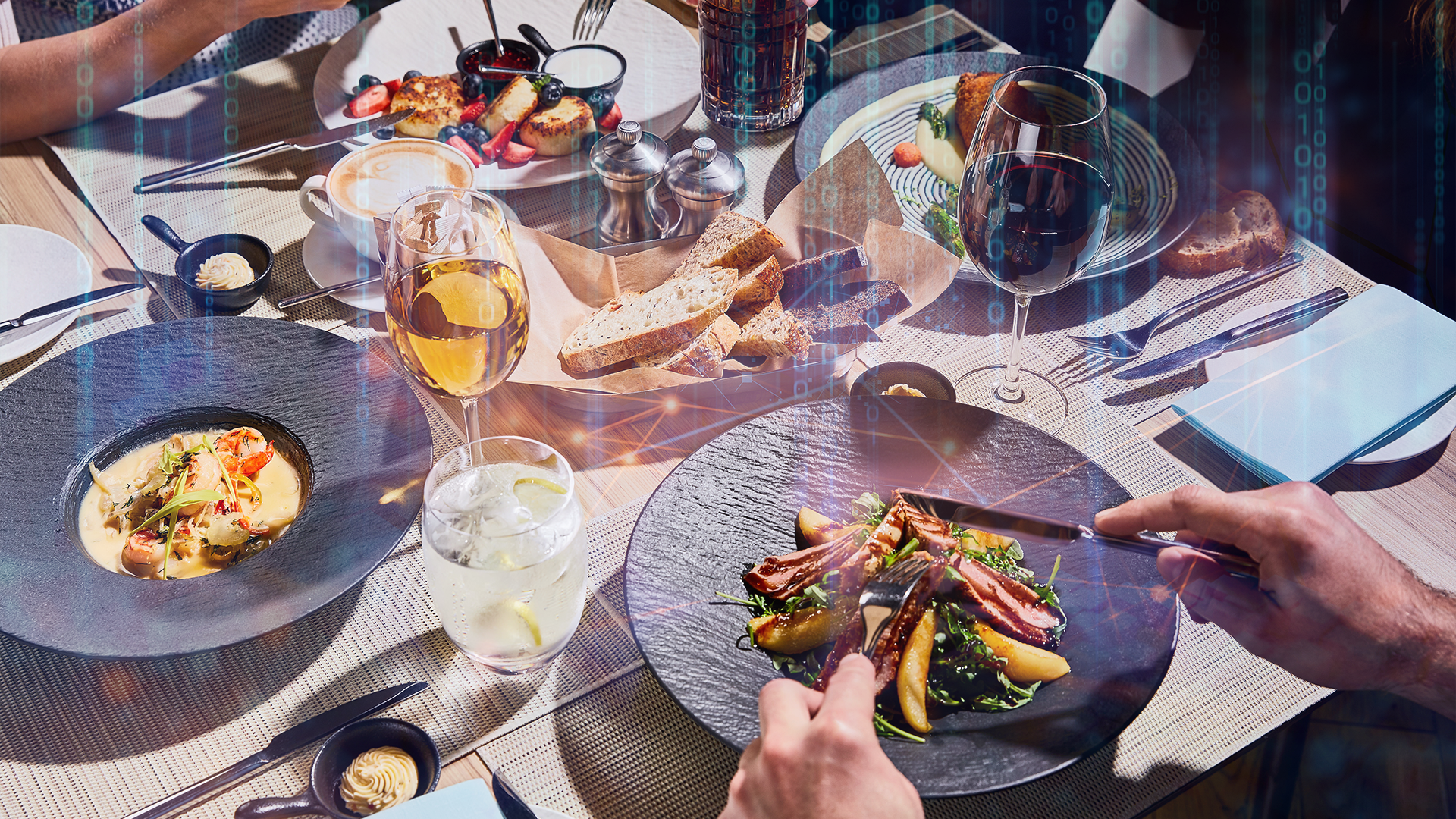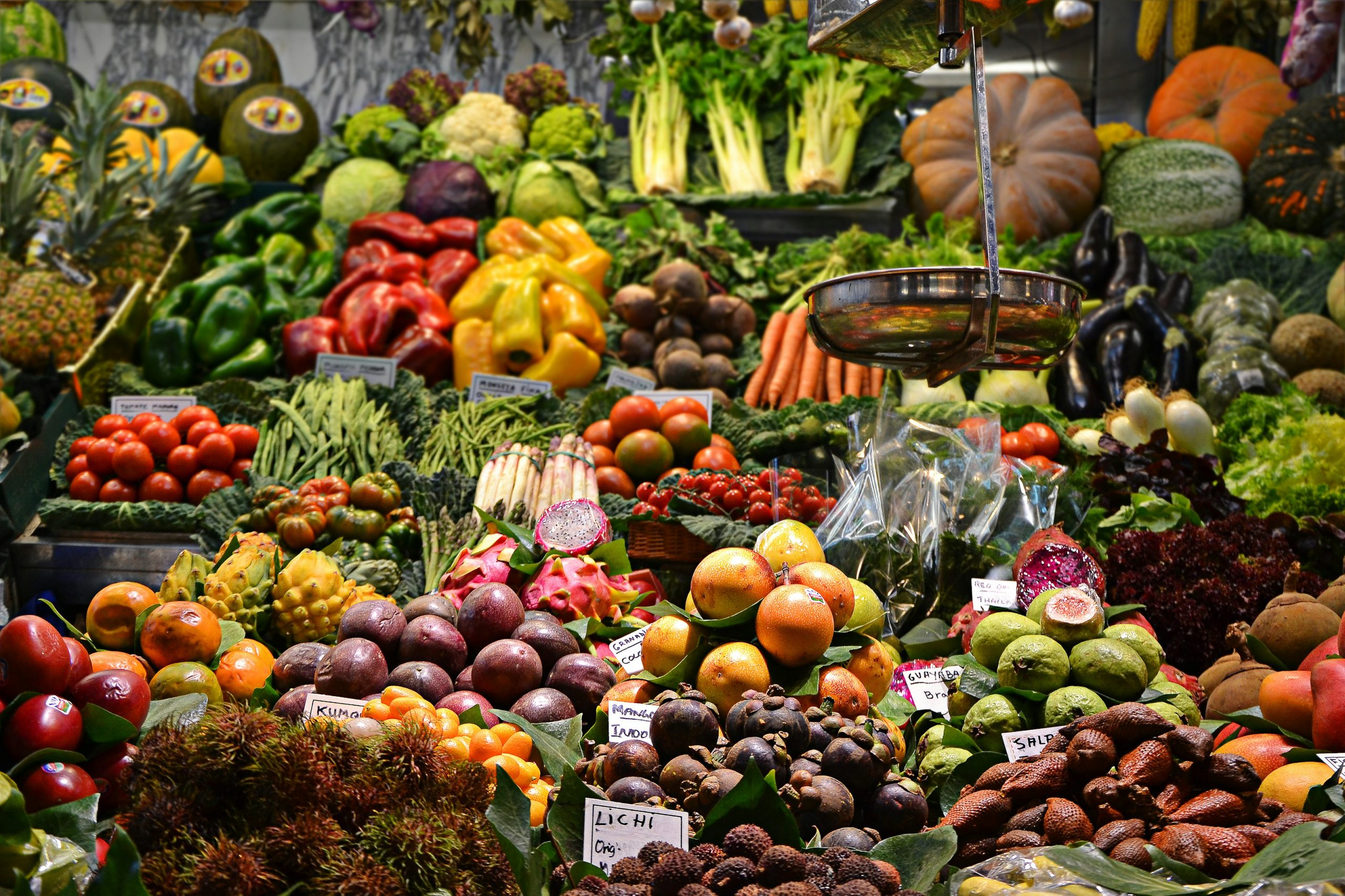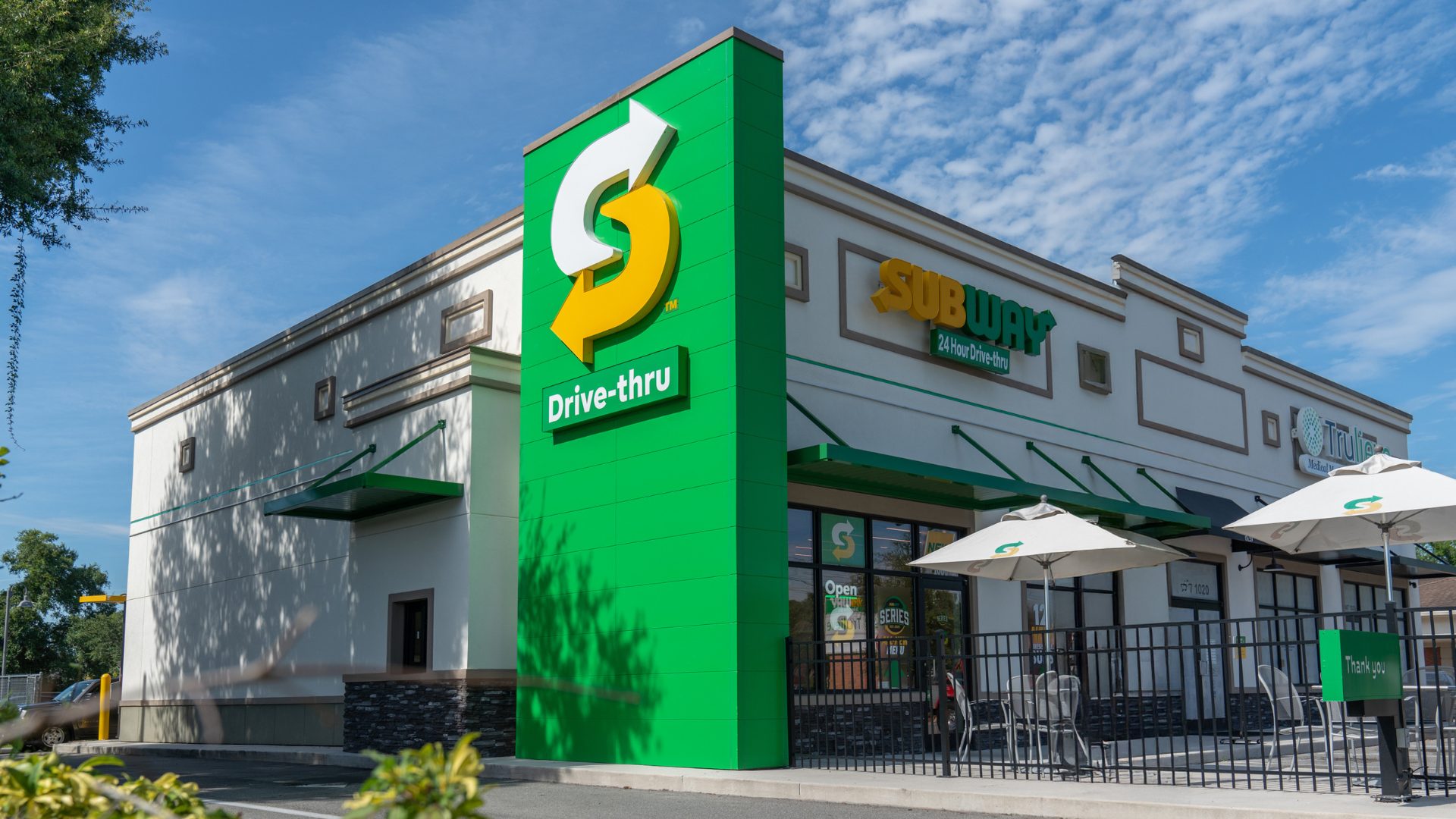Food and beverage distributors face a data challenge: selling and upselling operators on thousands of different products without a deep understanding of their menu data and shopping behavior.
Plus, tracking flavor, ingredient, and menu trends is vital to stay ahead of the competition and offer relevant products. As more distributors move to online ordering, the ability to organize this data becomes essential to provide operators with product recommendations, targeted marketing, prospecting and analytics.
Recent improvements in AI have unlocked three key use cases:
- Automated product recommendations in foodservice
- Real time customer insights
- Understanding F&B trends and menu innovation
Automated Product Recommendations in Foodservice
As online purchasing is on the rise in food & beverage distribution, connecting item recipes and ingredients to distributor SKUs allows for accurate product recommendations and increased sales. According to McKinsey, Amazon’s product recommendation engine increases online sales by up to 35%. We believe that product recommendations for online foodservice distributors are a largely untapped opportunity allowing for massive upselling.
With real time access to restaurant menus across North America and the ability to geographically segment operators, creating an engine that offers automated e-commerce recommendations and sales insights via Generative AI becomes possible.
In the above example, we can connect a restaurant’s menu items with the distributor’s historical database and conclude that “black olives” are on the menu and currently being sold to the operator by a competing distributor. This data can help distributors understand which product categories they’re underperforming in and specifically which products they’re not offering to clients.
Real-Time Customer Insights
Using AI, distributors can classify restaurants by price type, cuisine, location and other characteristics to create unique clusters such as ‘Affordable Italian Restaurants’, ‘Moderately priced Asian Fusion Restaurants’, or ‘California Vegan Restaurants’. This type of business intelligence can help not only sales and marketing efforts but also procurement of products in highly growing clusters.
AI can also be used to standardize dish names on menus. We found over 70 ways that Eggs Benedict can be listed on a menu: Benedict, The Benny, etc.
AI understands what each dish is, including their recipes and ingredients and finding the real connection between them. Once this step is performed, a distributor can find out the most popular menu items across its entire customer base.
Understanding F&B Trends and Menu Innovation
With the rise of social media platforms like Tiktok, and with food innovation cycles getting shorter and shorter, understanding the latest food trends is more vital than ever to a distributor. By tracking millions of menu item changes across the U.S., distributors can better understand the relative importance of different menu items and ingredients over time. These insights can be shared with customers to help them with menu design, or used by distributor procurement teams to manage their catalog, contact suppliers of innovative ingredients early, and better position themselves in the ingredient space.
The example above shows how AI can be used to rank every menu item according to custom innovation criteria. After comparing items on a relative scale, a “Latte” drink will get a low innovation score, whereas “Chagaccino” was identified and scored as a menu innovation. The reasons given by the AI model are listed on the right.
Benefits
The AI era for food distributors is just beginning. The recent developments in large language models (LLMs) have enhanced the capability to analyze, aggregate, and organize data in the foodservice industry in ways never imagined.
Some key benefits of an AI approach include:
- Increased Revenue: Tailored product suggestions boost sales with existing clients.
- Improved Customer Experience: Enhances ordering process, building loyalty and perceived value.
- Enhanced Lead Generation: Identifies potential clients based on their menu data.
- Menu Innovation: Inspires chefs with new ideas for menus and limited-time offers.
- Strategic Procurement: Predict food trends, aiding in the procurement of current and future items.
About the Author
Sunny Khamkar is the Cofounder & CEO of MenuData, a startup helping teams discover food and beverage innovation through AI. Before this, he was an Enterprise Engineer at an AI startup, Crowdflower (acquired by Appen). Sunny completed his MS at Carnegie Mellon in EBusiness Technology (specialization in human-in-the-loop AI) and BS at UC Santa Barbara.
About MenuData
MenuData helps teams discover food and beverage innovation through AI by providing a single search for flavors, menu items and foodservice brands.
Learn more at menudata.ai.
















